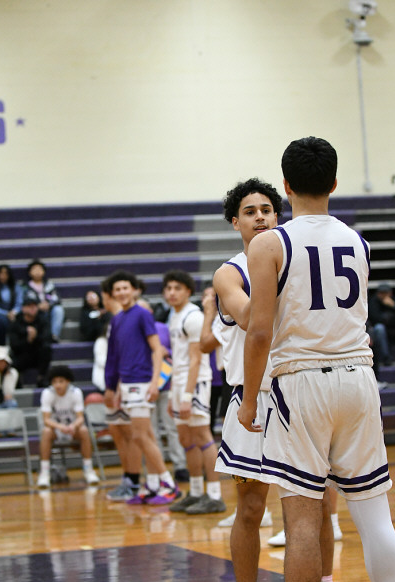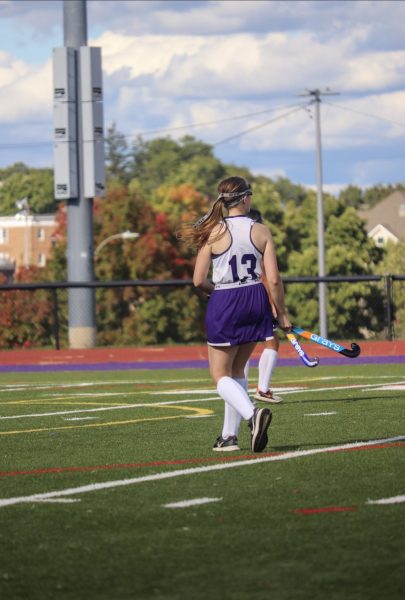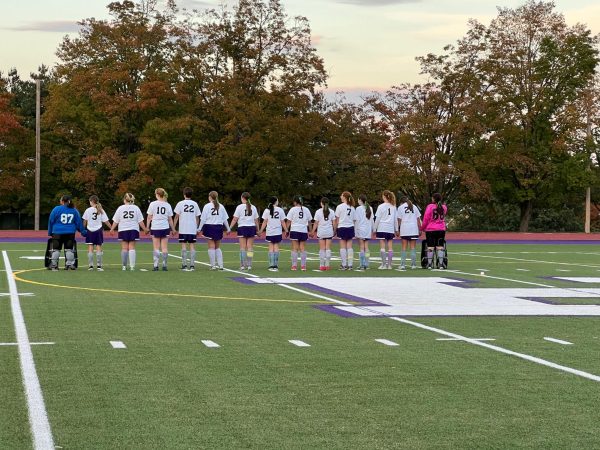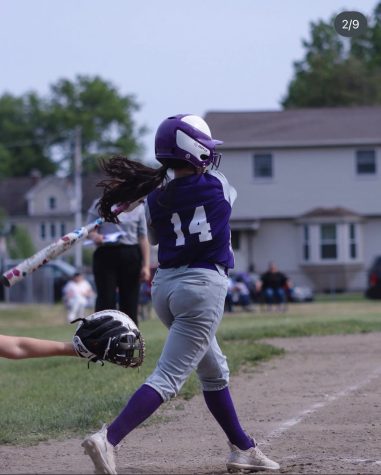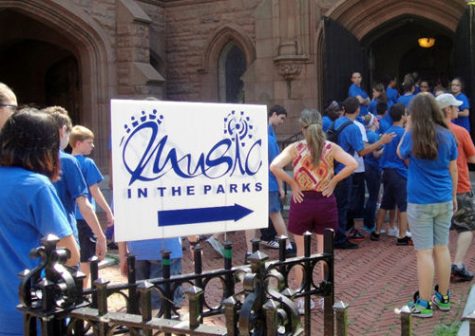Redesign of Holyoke High School: Part One
In the first of his three part series on the redesign of HPS high school, Feroze Sibdhanny looks back at the road to redesign.
During the 2015-2016 school year, the Holyoke Public Schools graduation rate was 62 percent of 498 seniors graduating. Along with a poor graduation rate, HPS also had a 40% drop out rate and was being the 4th highest in Massachusetts. HPS was designated a “Level 5” district (the lowest score on the 1-5 accountability scale), and was placed into receivership by the Mass Board of Education on April 28th, 2015.
After receivership, Holyoke students, parents, and teachers were uncertain what the future held for them.
“I wasn’t sure what the receivership would bring,” said Holyoke High English teacher Lori McKenna, “but I wanted to remain positive because I want the students in Holyoke to have better results.” Mrs. McKenna’s sentiment of careful optimism was echoed by many other staff members.
Dr. Stephen Zrike was appointed Reciever of Holyoke Public Schools by Commissioner Mitchell Chester and was charge to make changes and to try ti improve the Holyoke Public Schools.
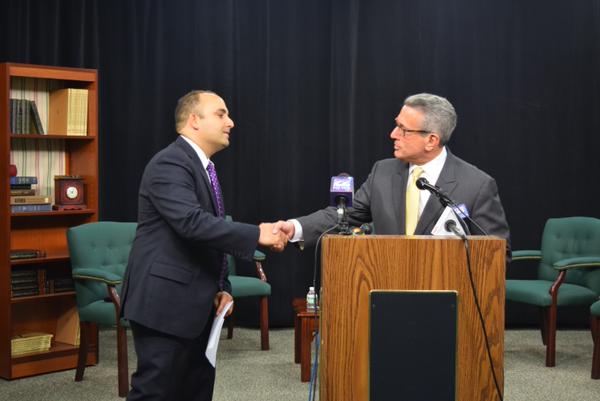
Although Zrike was charged with improving outcomes for all schools, he formed the “Secondary Redesign” committee to pay special attention to the high school level in Holyoke. The committee was made up of students, families, community members, educators, and other local stakeholders and met between December 2015 – Spring 2016. The group drafted a list of strategic recommendations for Dr. Zrike to consider.
Commissioner Mitchell Chester appoints Dr. Stephen Zrike as Receiver of Holyoke Public Schools.
Taking the committee’s recommendations into consideration, Dr. Zrike hired Mickey Buhl as the “Executive Director of Secondary Education.” Buhl, a former principal and economics major, was up to the challenge of helping to both implement the recommendations and begin the work of re-designing the experience for high school students in Holyoke.
“I felt a powerful need to improve conditions for the [Holyoke] public schools,” Buhl said. “I feel that kids in Holyoke don’t have as many opportunities as they should have.”
Buhl capitalized on some ideas already in the works to make three major changes for this current (2016-2017) school year:
- Introducing the Freshman Academy: With the Freshman Academy, all 9th graders attended Holyoke High School and about half of those 9th graders also signed up for exploratory classes at Dean Technical presenting them to various career pathways such as health sciences, culinary arts, manufacturing, cosmetology, automotive, etc
- Expanding Dual Enrollment: For those who don’t know what the Dual Enrollment Program is, it’s an opportunity for high school students to take classes with UMass-Amherst and Holyoke Community College (HCC) along with their regular high school classes to earn college credit. In 2015, 12 students were part of Dual Enrollment. In 2016, 82 students both from Holyoke High and Dean Technical are part of the Dual Enrollment.
- Collaborating and Sharing Resources across High Schools: Both Holyoke High and Dean Technical share department heads in hopes of creating crossover opportunities for students. This includes classes, sports, and other extra-curricular activities.
Buhl also took advantage of a unique opportunity: a $300,000 grant from the Barr Foundation to redesign school. He used the funds to form the Secondary Education Redesign working Committee. The Committee was composed two main teams: A 12-person design team and an innovations teams consisting of teachers, students, community members, and parents.
The innovation team visited schools in MA, CA, IL, NY, and RI, examining new approaches which the Holyoke Public Schools would take into consideration such as (STEM, Ethnic Studies).
These concepts would be brought to the design team to create a plan to be presented to Dr. Zrike and the community to make modifications.
Using all the work from the Redesign Working Committee, Holyoke Public Schools has drafted a redesign plan for public feedback. Details on the plan will be forthcoming in Part 2 of this series!




